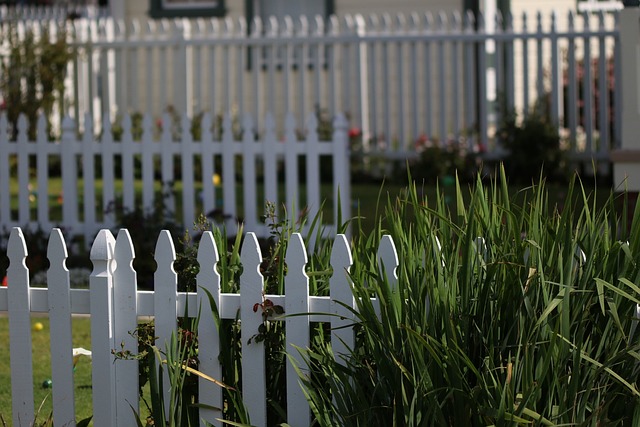Regular tree trimming enhances property value while promoting tree health and safety. It involves removing dead/diseased branches, improving air circulation, sunlight penetration, and stimulating new growth. Effective yard waste removal and recycling strategies include separating materials, composting organic items like leaves and grass clippings, and partnering with local recycling centers for non-compostable items, contributing to environmental health and sustainability.
Tree trimming is an essential practice for maintaining a healthy garden. It not only enhances aesthetics but also improves a tree’s overall health by removing dead or diseased branches. This article explores the benefits of regular tree trimming and offers effective strategies for yard waste removal and recycling. By implementing these practices, you can transform your outdoor space while minimizing environmental impact. Discover how to turn yard debris into valuable resources, contributing to a more sustainable future.
- Understanding Tree Trimming and Its Benefits
- Effective Strategies for Yard Waste Removal and Recycling
Understanding Tree Trimming and Its Benefits

Tree trimming isn’t just about aesthetics; it’s a vital practice that enhances your property’s value while promoting the health and longevity of trees. Regular trimming removes dead or diseased branches, preventing them from falling and causing damage to nearby structures or power lines, a significant benefit for yard waste removal and recycling efforts. By eliminating these problematic branches, you also encourage better air circulation and sunlight penetration, which is essential for your tree’s overall growth and resilience.
Moreover, proper tree trimming stimulates new growth, fostering a healthier and more robust tree. It allows for better control of the tree’s shape, ensuring it remains well-balanced and reduces risks associated with overgrowth. This process not only contributes to a picturesque landscape but also provides a safer environment, especially in areas where trees are close to buildings or other structures.
Effective Strategies for Yard Waste Removal and Recycling

Effective strategies for yard waste removal and recycling are essential for maintaining a healthy, sustainable environment. Start by separating materials into categories like wood chips, compostable matter, and recyclables such as plastic pots and containers. This organized approach not only streamlines the disposal process but also maximizes resource recovery.
Implementing a composting program is particularly beneficial for yard waste removal and recycling. Organic materials like leaves, grass clippings, and food scraps can be transformed into nutrient-rich compost, reducing landfill contributions and improving soil health. Additionally, consider partnering with local recycling centers or green waste programs to ensure proper disposal of non-compostable items, further enhancing overall sustainability efforts.
Tree trimming is not just about aesthetics; it’s a crucial practice that enhances your property’s value, improves safety, and promotes a healthier tree. By implementing effective yard waste removal and recycling strategies, you can transform your outdoor space while minimizing environmental impact. Remember, responsible tree care and proper disposal of debris are key to maintaining a sustainable and beautiful landscape.



